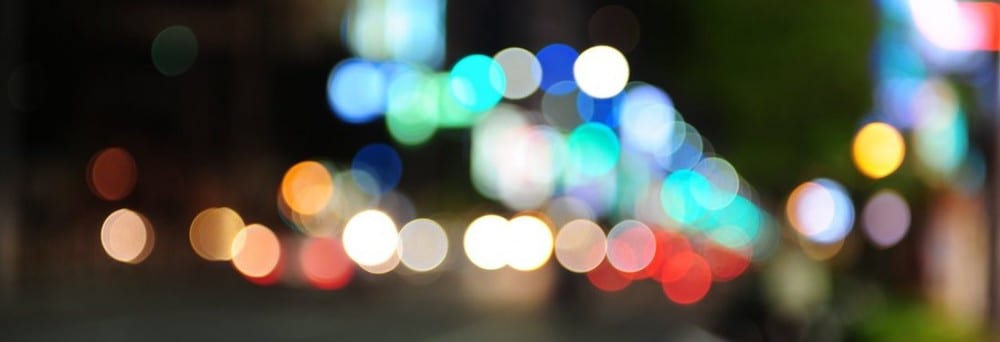On the completion of our ‘Against the flow’ script it was time to create the first draft recording of the audio experience. I took to the microphone completely unfazed about the task ahead of me, we had a script, the equipment and therefore the voice should be a breeze. I was in for a very big awakening. The first challenge I encountered was when physically speaking the written text some of the sentences were very difficult, the structure was clearly wrong so as a group we sat down and changed the text as I spoke it through in order to correct our mistakes. Secondly my Yorkshire accent made the pronunciation of certain words alongside the letters b and p very harsh. When listening to the recording back, we found sections that had loud rushes of wind and sharp vocals that only appeared with my way of pronouncing B and P. This was problematic when the water I am constantly referring to throughout the piece is called the Brayford Pool. But the biggest challenge I feel I am now facing is how I present my vocals on the recording. The piece has the job of amercing the audience member in a new and historical world on the waterfront, changing there opinion on these familiar surroundings. However this can be completely ruined by the wrong representation of the voice. I felt my first attempt at the recording was more like a storybook style voice or a relaxation tape not an immersive and informative piece. So taking this on board I began to listen and research a variety of audio tours from various sources in order to try and understand the importance of the voices role and how to successfully represent my voice in our performance. “Walking accompanied by the taped stories that capture and recall events that happened at specific places in the city, creates an opportunity to see and interrogate the city as a chronotope, charged with traces of the past, personal experiences, affective qualities, and social regimes”(Hahn, 2014, 29) ‘50 Kilometres of Files’ ( Haug, Kaegi and Wetzel,) is an audio walk that was created by Rimini Protokoll and takes place in central Berlin. The performance takes participants 111 kilometres of archival records over several hours using sites across the city. What I found most fascinating about this performance was that after listening to a few short video clips that were in German, even though I did not understand what was being said the way people were speaking made me realise that it is not neccerey to stage a descriptive voice in order for the piece to be interesting. it is more affective when you speak naturaly, that way the listener is getting a strong sense of the raw emotion of the piece. It was clear in 50 Kilometres of files, if a piece of audio was serious, sad or happy, when they wanted the listener to feel part of the history of a place. Emotionally there wasn’t a language barrier and I feel that is something I can think about when trying to create this personal vocal and audio connection. If people who don’t understand the language can understand the emotions it opens up the experience to be accessible and understandable to people around the globe in some form. On the other hand I listened to some clips from two very different audio tours ‘Our broken voice’ by artist collective circumstance (Dovey and Fluemont, 2012) and ‘The Carrland’s Project’ by Mike Pearson (Pearson, 2007). These audio tours made me understand the importance of the voice even more, I felt both audio tours were targeting a different emotional response. Our broken voice makes the listen feel quiet unsafe, excited, adrenaline based feelings to make the storey come to life for the listener and so there reactions match the character they are playing. Whereas the carrlands project makes me feel quiet uncomfortable, feelings of fear and uncertainty take the listening into the depths of the history, building this unique uncertain world around them, every step feels cautious and real. So emotionally how do we want our piece to effect the listener? Do we want them relaxed, excited, fearful or happy? I feel in order to create right voice as a group we need to decide what atmosphere we want to represent, only then will the vocals bring the audience In to the experience.
Bibliography
Pearson, M.(2007) Carrlands.[online] Cardiff bay: Design Stage. Available from http://www.carrlands.org.uk/default.asp [Accessed 30 March 2015]
Dovey, J. and Fluemont, C. (2012) The Pervasive media cookbook.[Online] Bristol: Available from http://pervasivemediacookbook.com/kitchen/ [Accessed 30 March 2015]
Hahn,D.(2014) Performing Public Spaces, Staging Collective Memory. 50 Kilometres of Files by Rimini Protokoll, 27-38.
Haug, H., Kaegi, S. and Wetzel, D. Rimini Protokoll. [Online] Berlin: Available from http://www.rimini-protokoll.de/website/en/projects_date.php [Accessed 30 March 2015]
